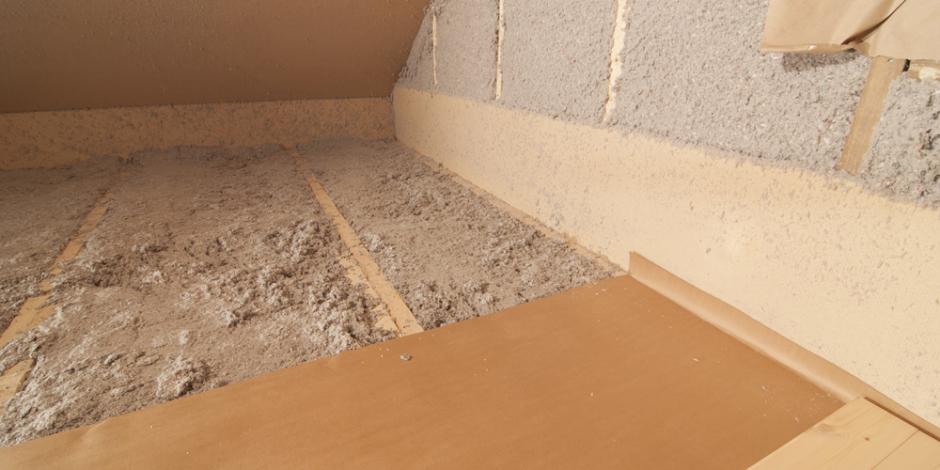Many homeowners living in and around Peoria, IL are hunkering down and waiting for spring to come along. The chilly weather leaves a lot to be desired, especially in homes that are difficult to heat.
While you may look toward your HVAC system in attempting to identify the problem, the issue could easily come down to a lack of proper insulation in the home. It’s something that most people don’t think of, but how do you know for sure that your home is properly insulated?
Just how much insulation does a home need? The answer can depend upon a number of factors, but it typically comes down to the insulation’s R-value.
What is R-Value?
While it may not necessarily be a household term, R-value is actually a rather straightforward concept to understand. Essentially, R-value is a rating that measures a particular type of insulation’s ability to resist heat transfer. R-value is also referred to as “thermal resistance,” and the higher the number, the better the material will be at insulating a home.
This is one of the main reasons why a contractor can’t just recommend, say, “12 inches of insulation.” This much spray foam will operate differently from that amount of cellulose due to R-value differences.
Types of Insulation
There are a number of different types of insulation that can be used to improve home performance, many of which have their own specific strengths. Cellulose, for example, is made out of recycled newspaper material and is one of the “greenest” types of insulation available.
That being said, it has an R-value of 3.4-3.8 per inch, while spray foam has an R-value of 6 per inch. Essentially, this means that less spray foam would be required to do the same job as cellulose—a major reason people tend to go with this material.
Where to Insulate
Both cellulose and spray foam are excellent forms of insulation, but they need to be installed in the right parts of the home in order to do their job effectively. Walls, crawlspaces and basements should all be focused on, but it’s important to pay extra attention to the attic. Your attic plays a key role in stack effect—the rising and escaping of hot air—and will allow for energy loss to occur should it not be properly insulated. This is why we always recommend a home energy audit, which will provide a roadmap for exactly which parts of the home need additional insulation.

